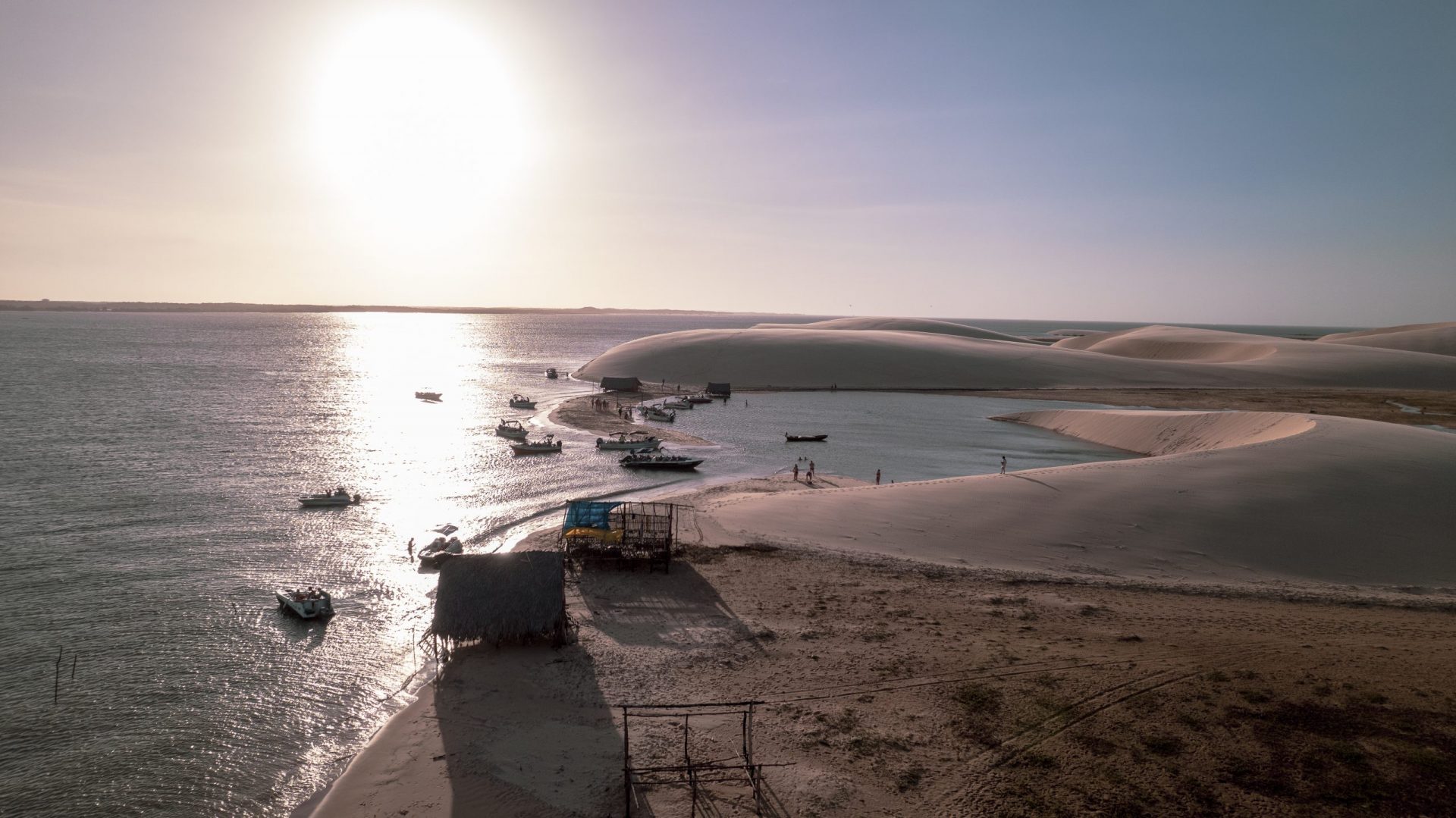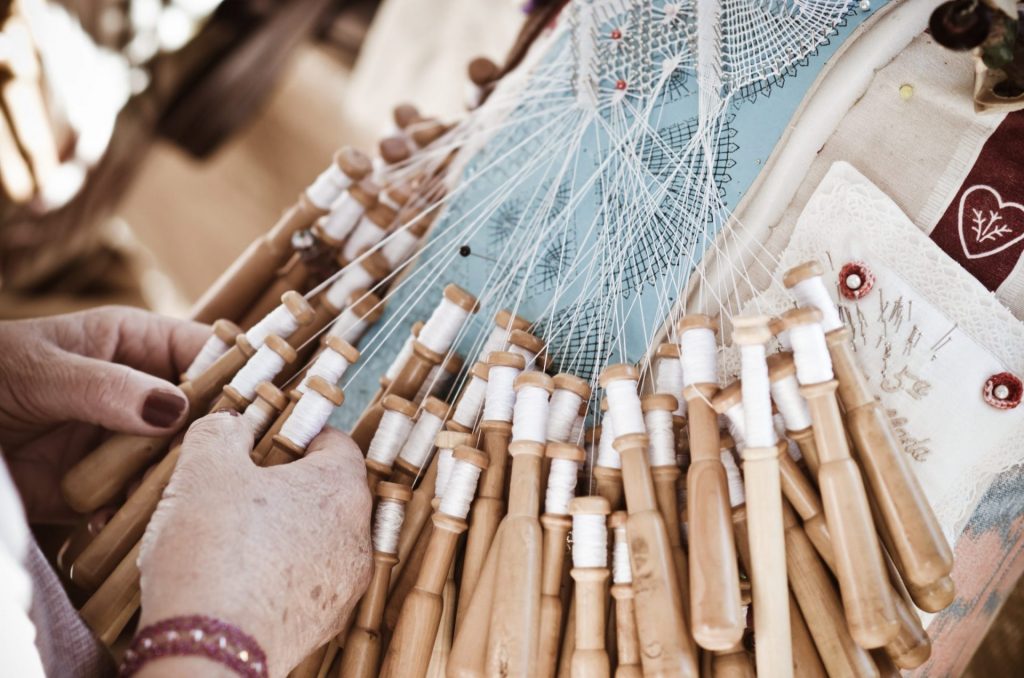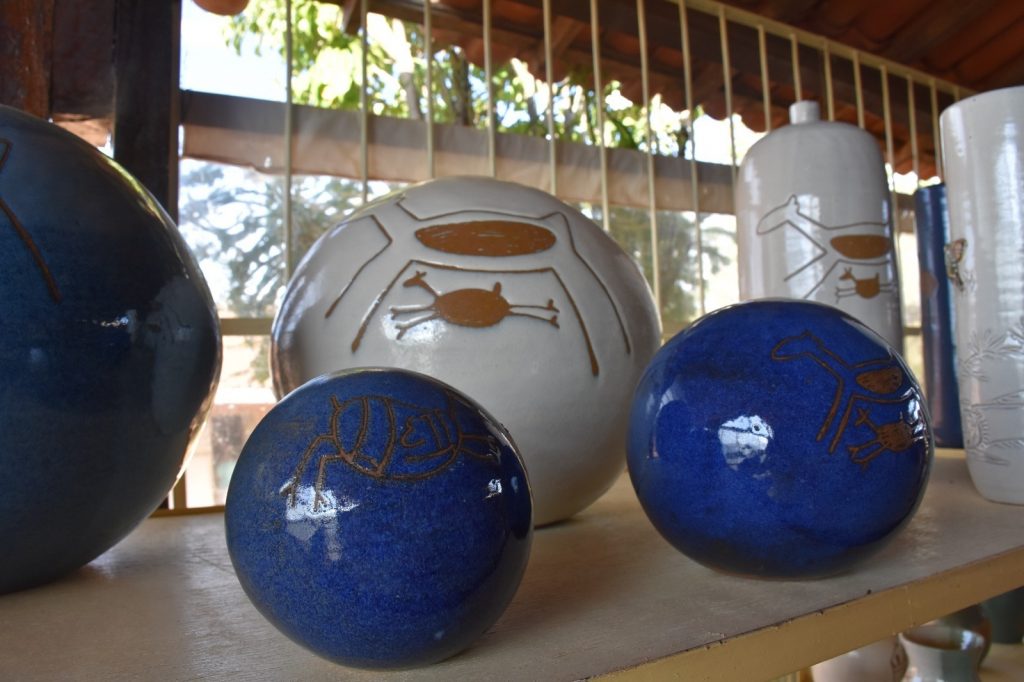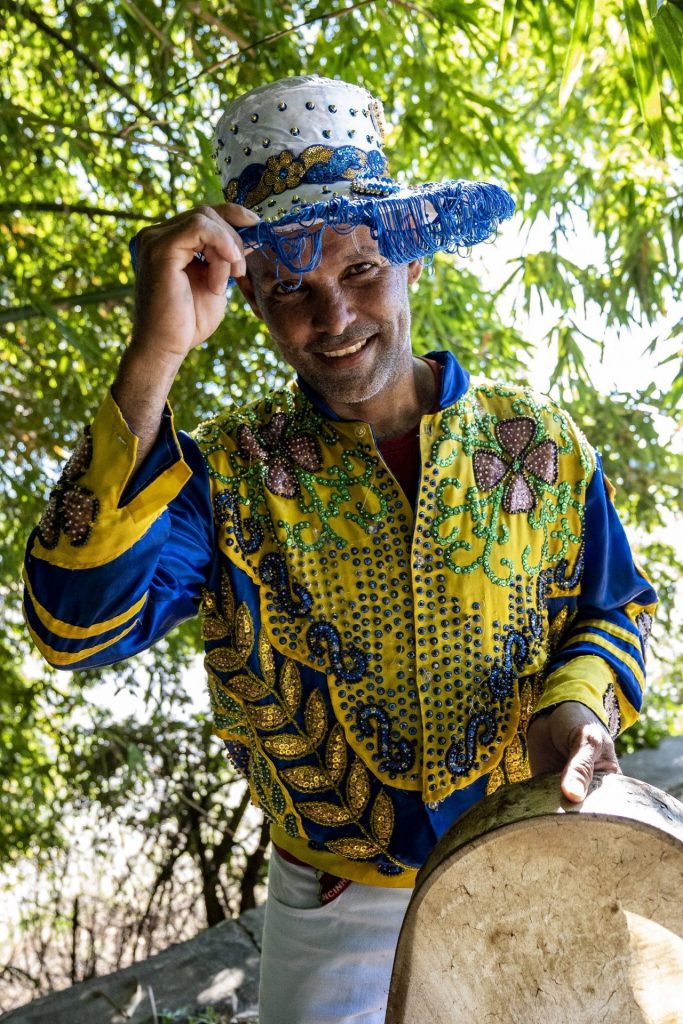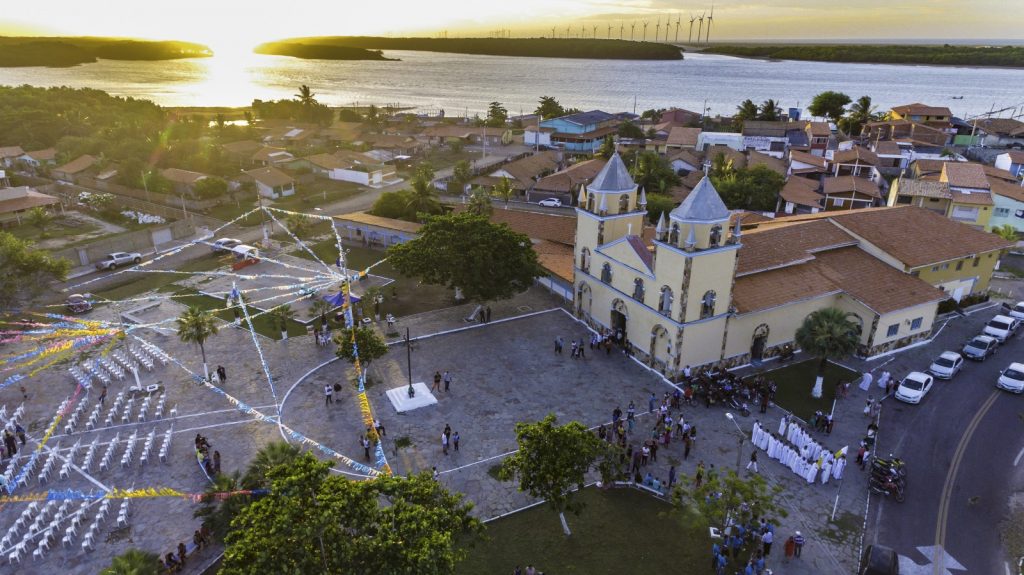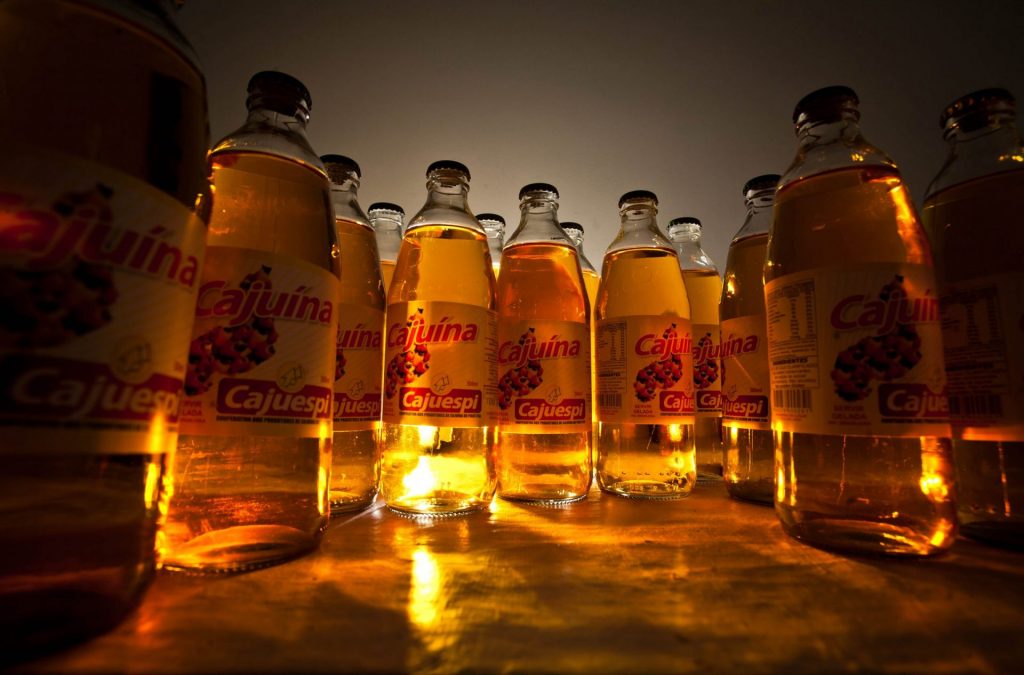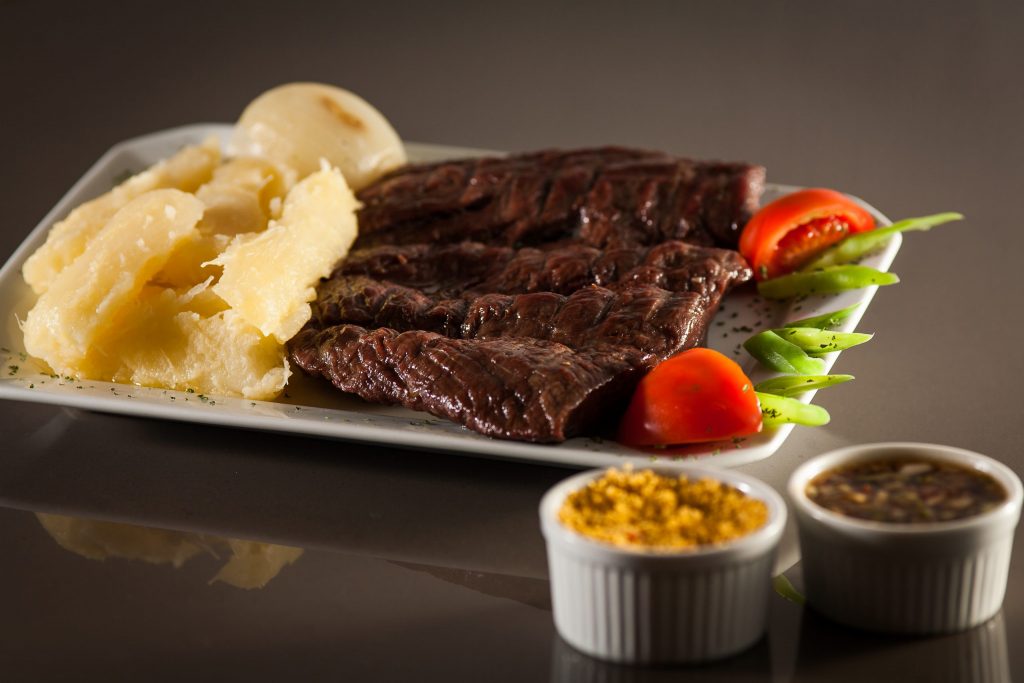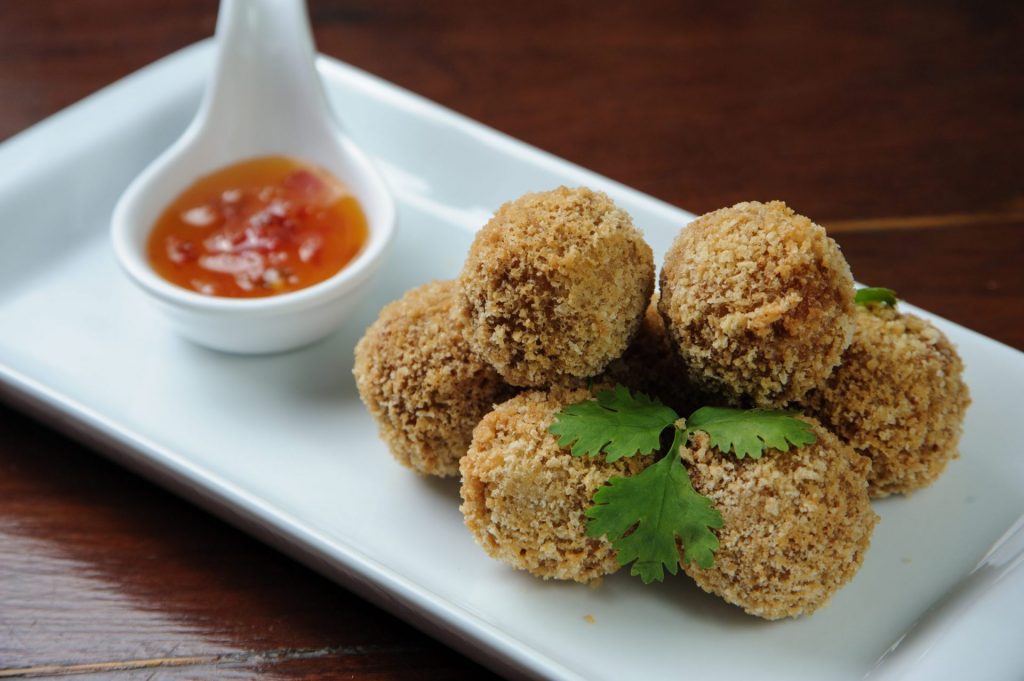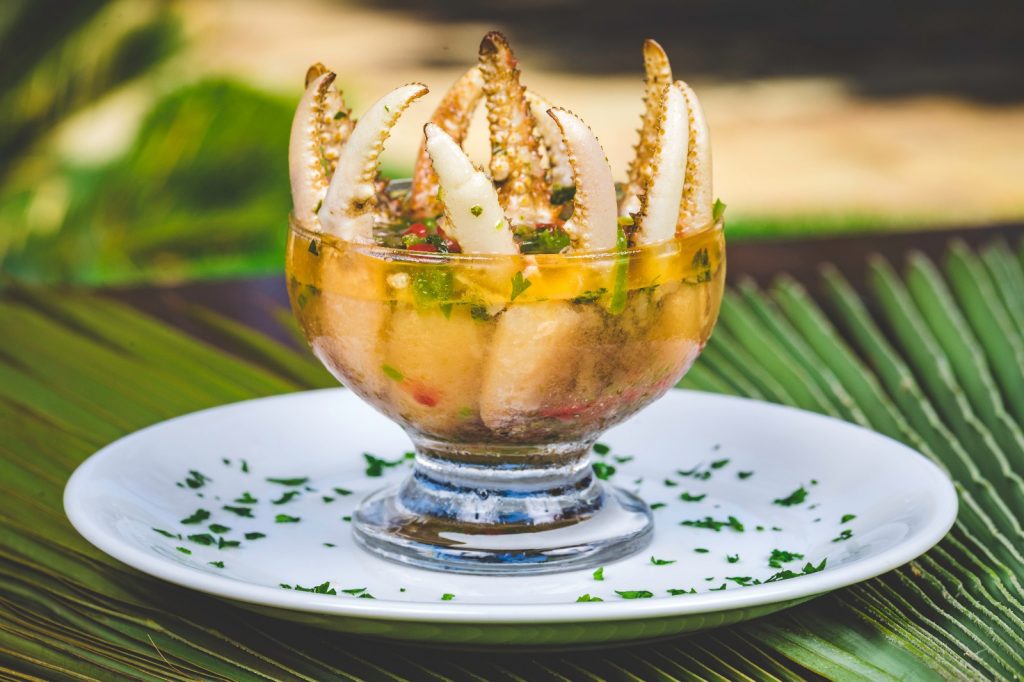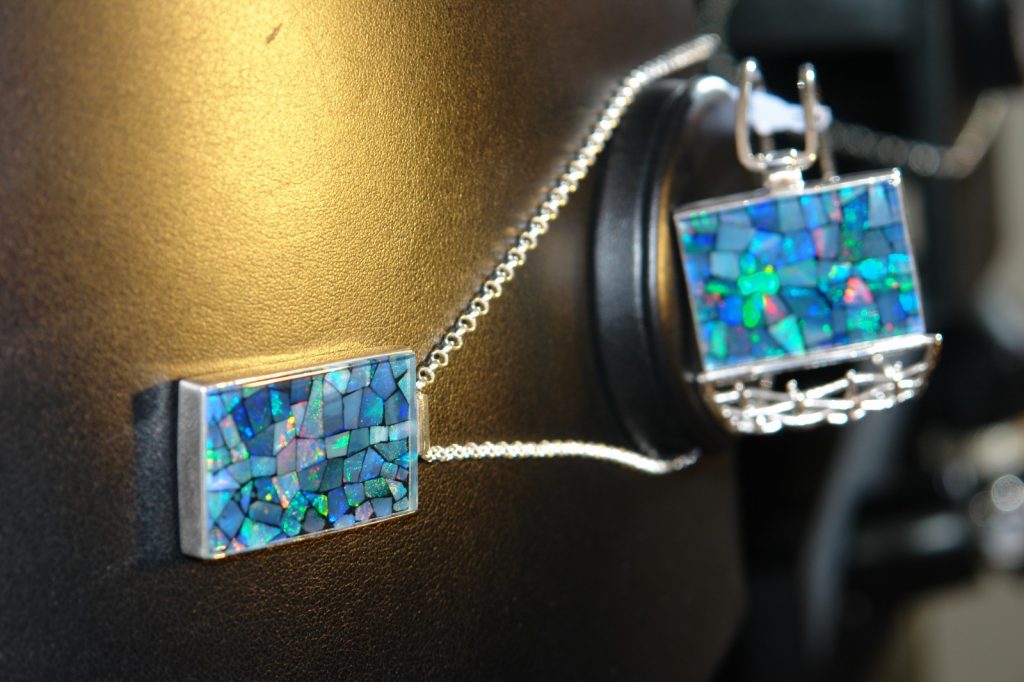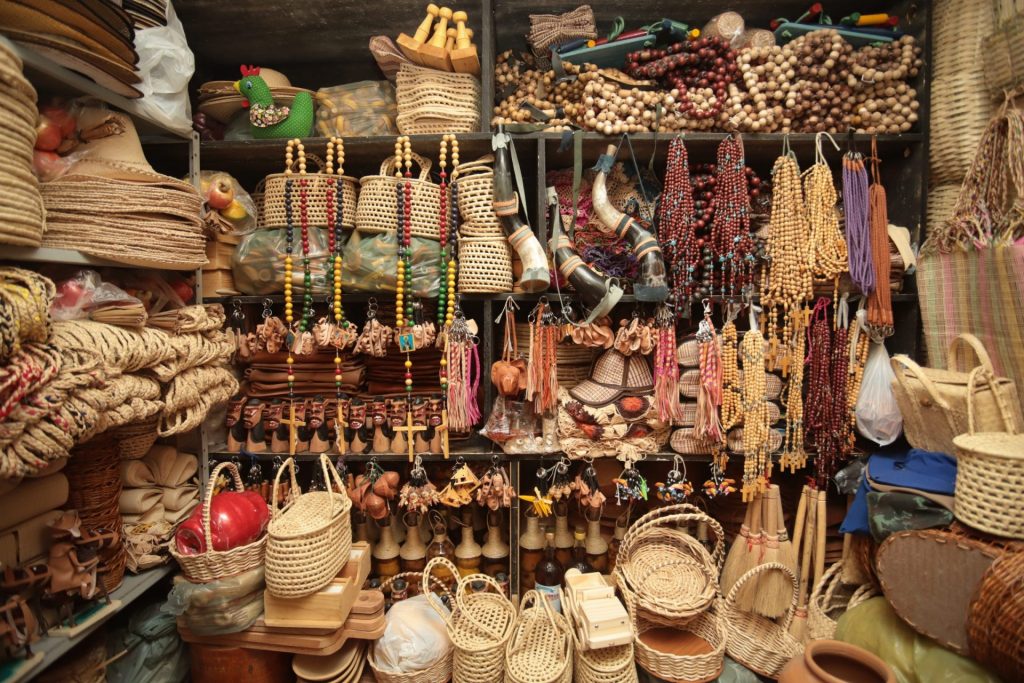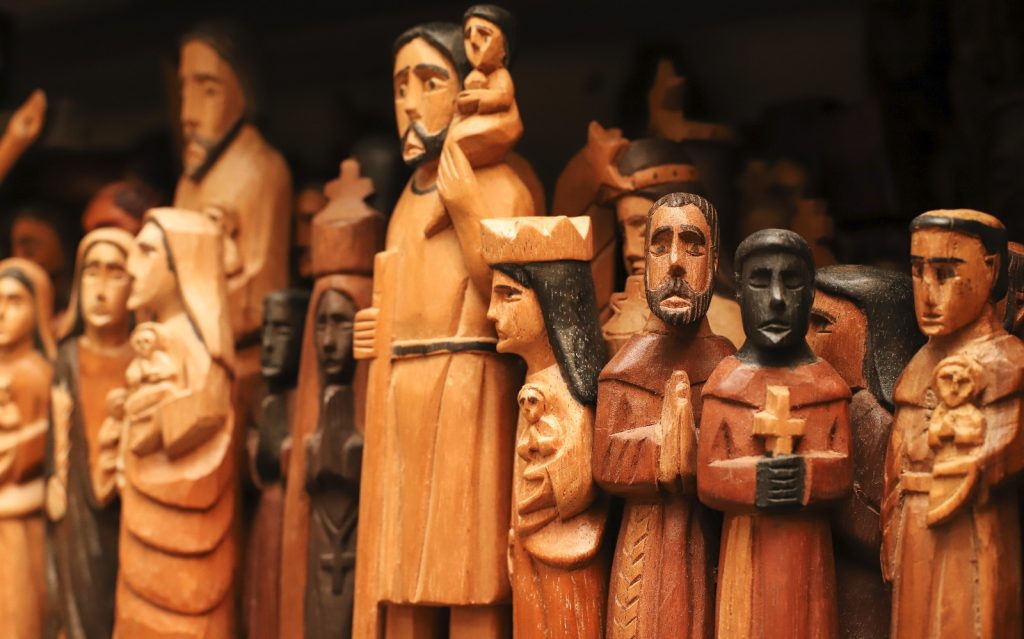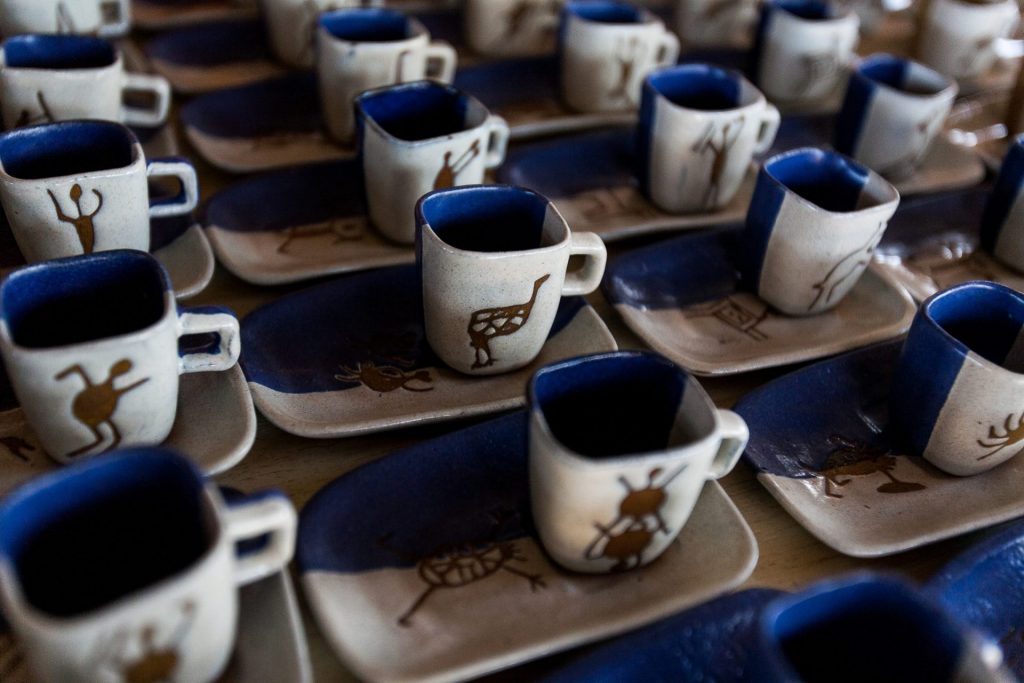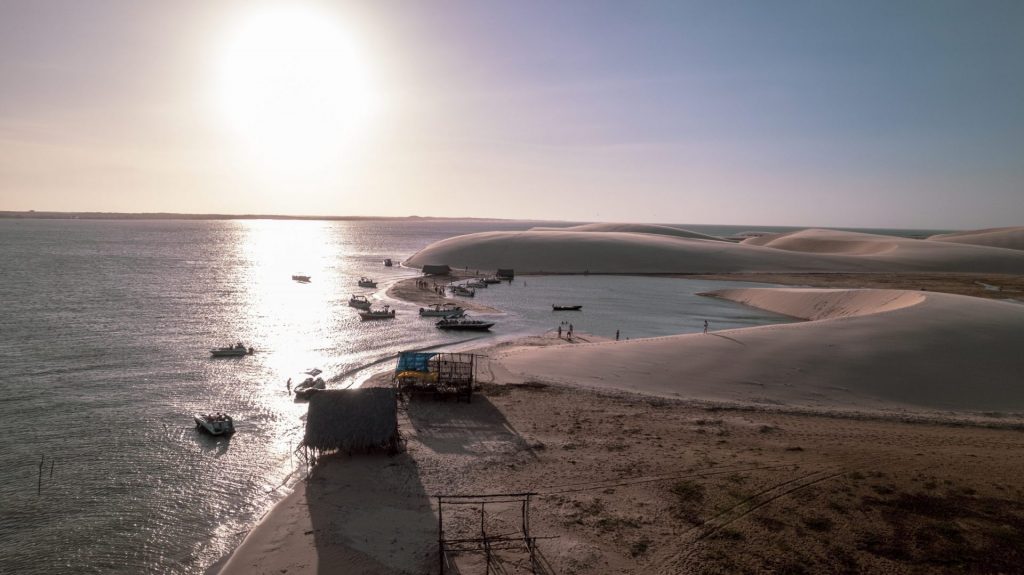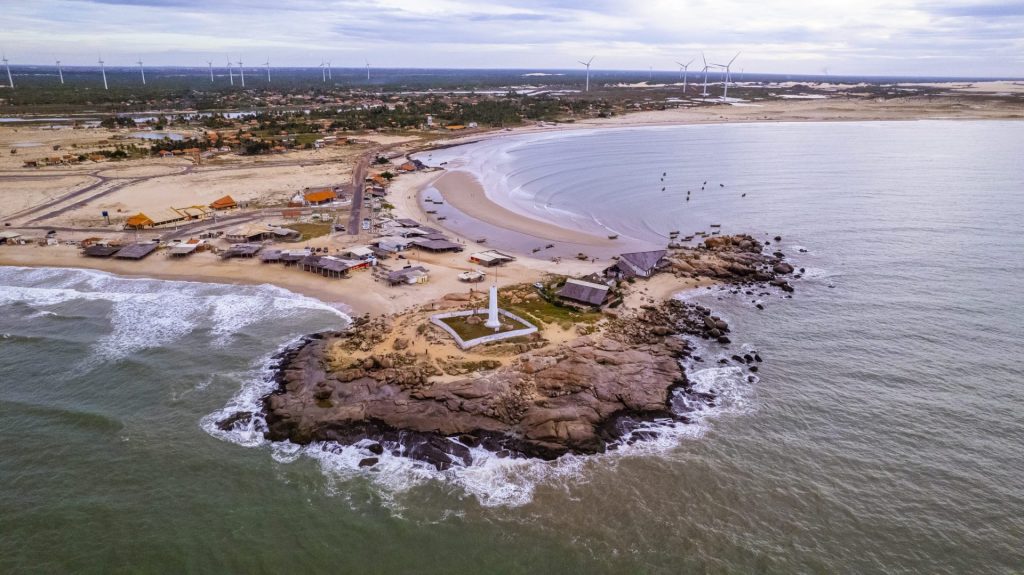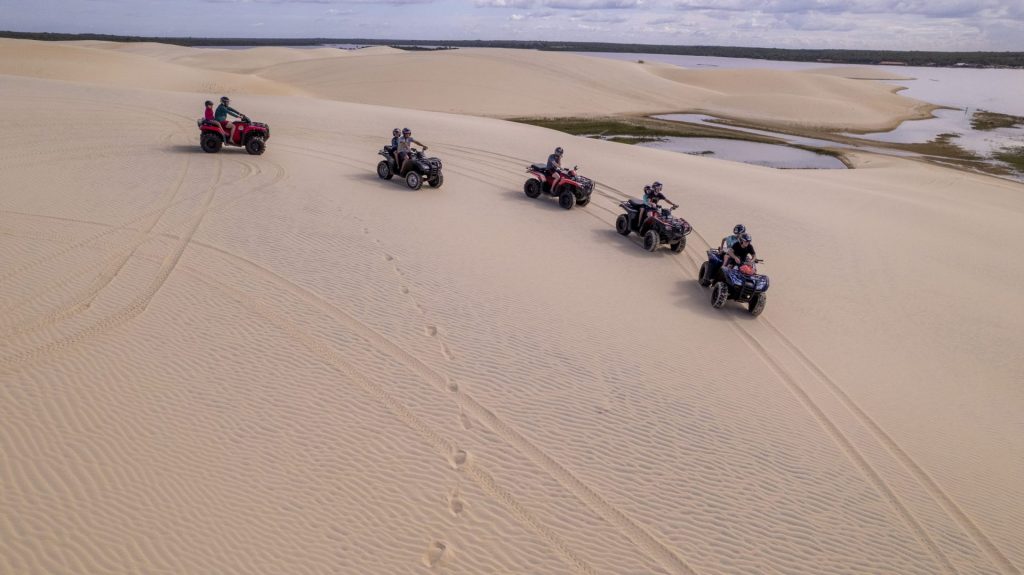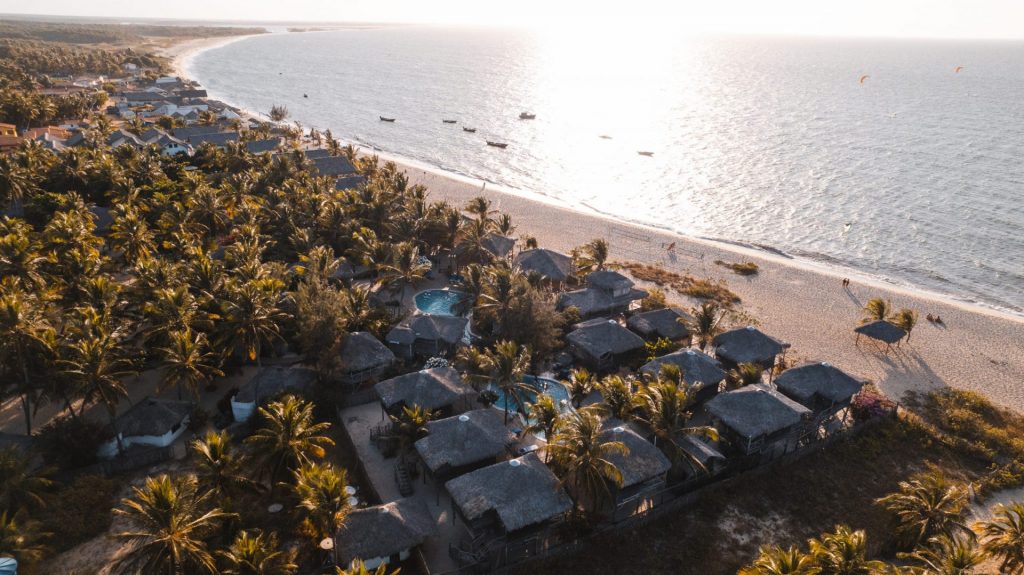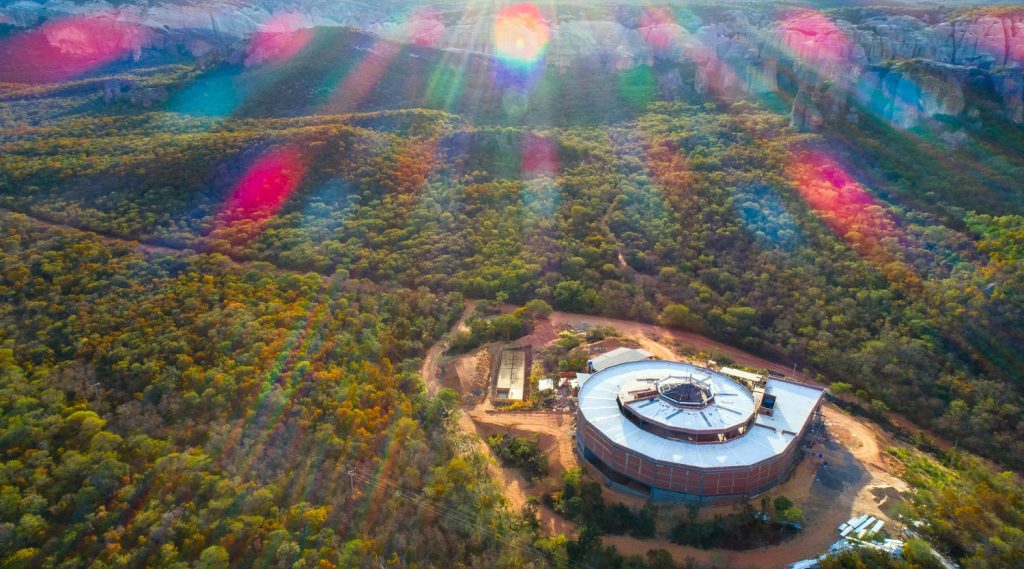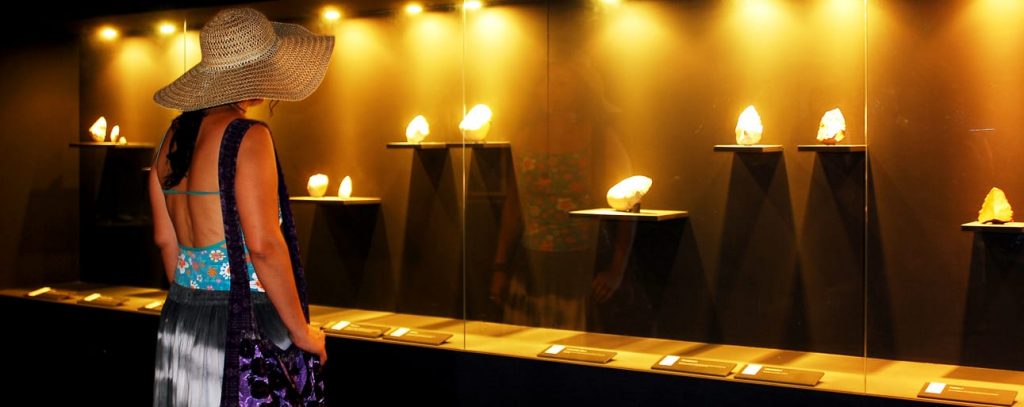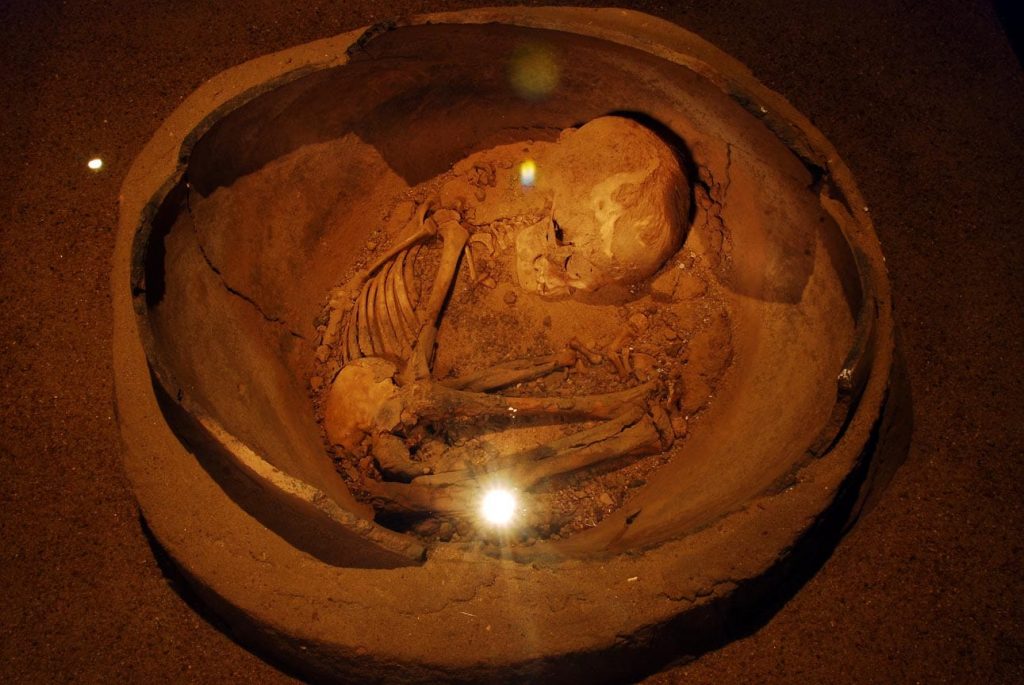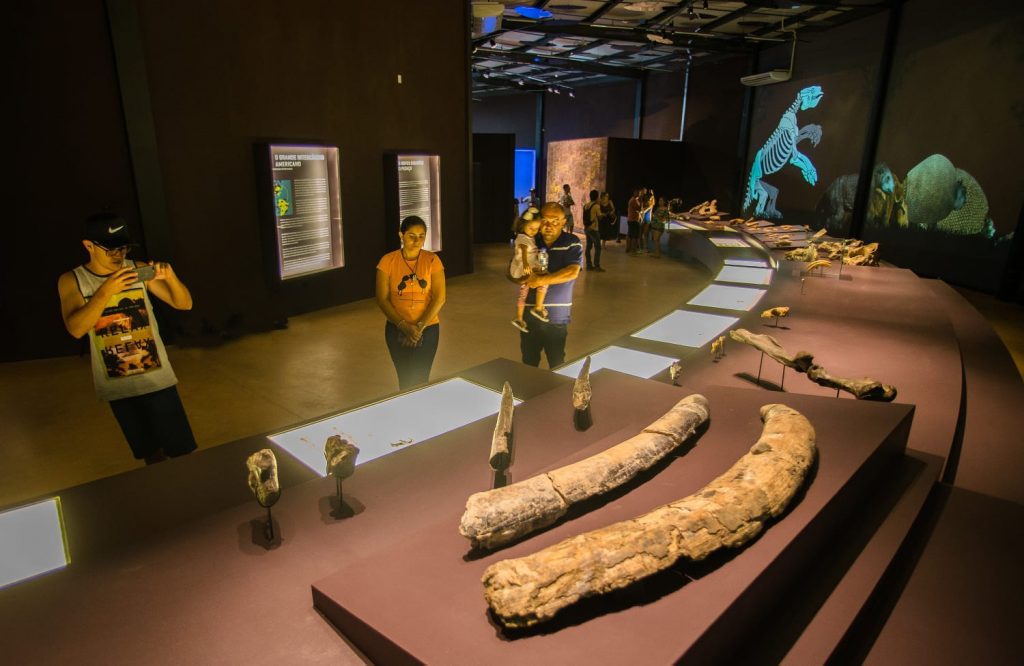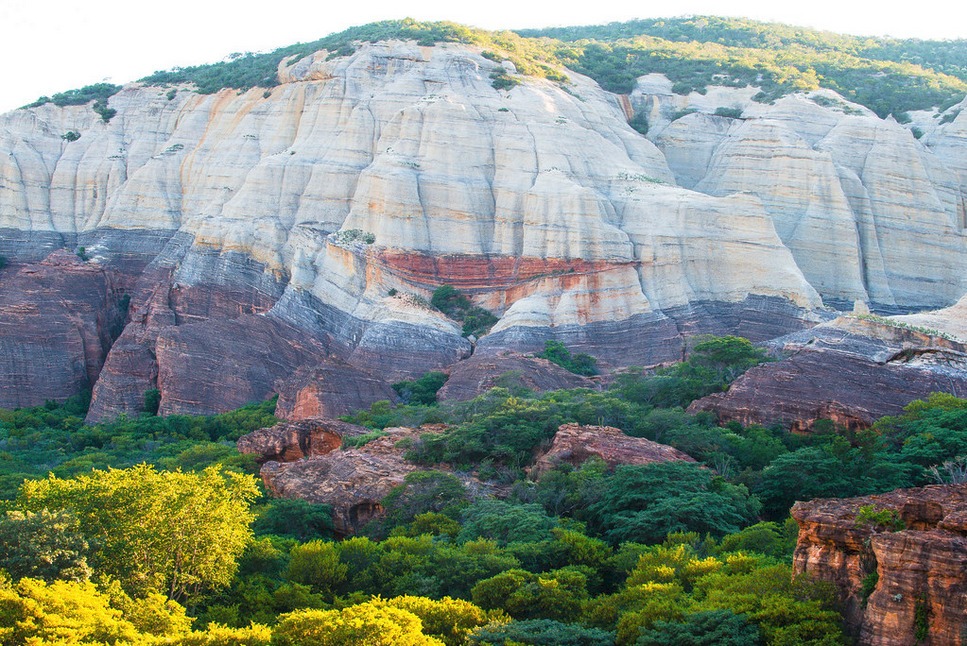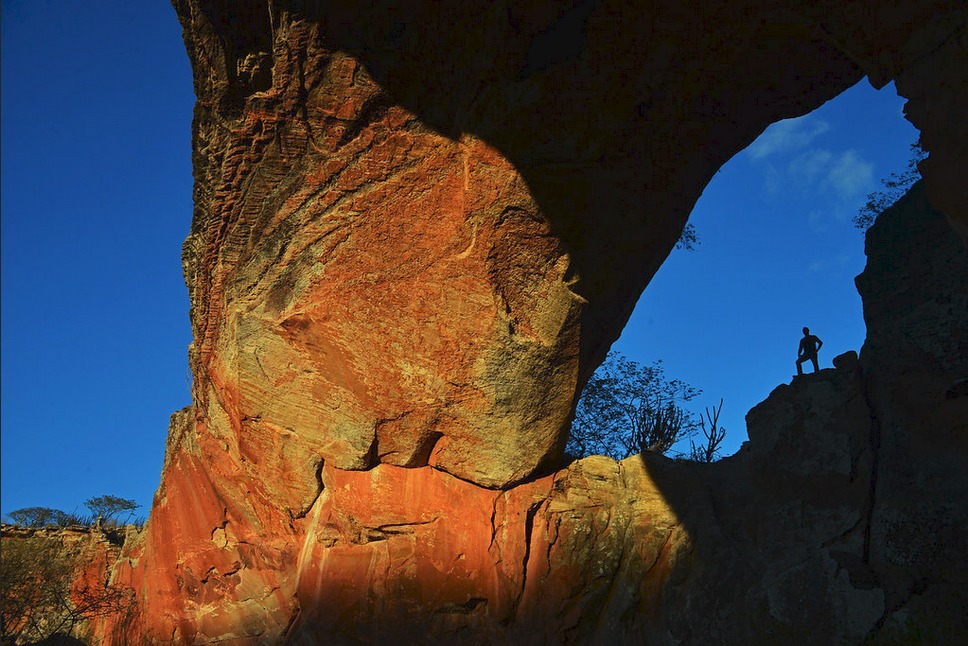Ilha Grande – One of the most significant geological spectacles in the Americas
Ilha Grande is considered the gateway to the Parnaíba Delta, with its meanders providing shelter for several species of wild animals, from birds to fish.
On one of the islands in the delta, it is possible to watch a unique spectacle, the flight of red guarás, which return to their resting areas as the sun sets. There are hundreds of birds dyeing the sky and sea a vibrant red.
The Parnaíba River Delta is one of the largest in the world and the only one in the Americas that flows into the sea.
With white sand beaches and crystal clear waters, Ilha Grande offers breathtaking landscapes and an invitation to relaxation and contemplation.
Ilha Grande offers excellent water sports opportunities for the more adventurous, such as kitesurfing and stand-up paddleboarding.
Parnaíba - Meeting point between past and present, culture and nature
Parnaíba is the second largest city in Piauí that breathes history and culture. Its historic centre enchants with its charming colonial buildings, testifying to the region's rich and diverse past. Every street is a portal to the past, and stories are engraved on every door.
The city is considered the Capital of the Parnaíba River Delta due to its location and infrastructure for receiving visitors.
The Parnaíba Delta, one of the only open sea deltas in the Americas, is a magnificent attraction. Boat trips through the delta are highly recommended, mainly for connecting with nature and stunning views of its islands, majestic dunes and mangroves full of wildlife.
Luís Correia – a destination that captures the hearts of travellers with its beauty and authenticity
This charming coastal town is a destination that surprises and delights, offering an authentic experience for those searching for nature, culture and relaxation. The locals are known for their warm hospitality, which makes a stay in Luís Correia even more welcoming.
The stunning Atalaia Beach, Praia do Coqueiro, Itaqui, Arrombado, Maramar, and Macapá are authentic pearls with crystal clear waters and natural pools formed during low tide. It is the ideal place to relax on the white sand, swim in the warm ocean waters and practice exciting water sports.
Still, in Luís Correia, we have the beauty of Lagoa do Portinho that makes up the sheets of Piauí, in a perfect combination of wind, dunes and warm, crystal clear waters, which change location depending on the influence of winds and rain, being very popular for leisure trips. UTV and quad bike.
The Combed Tree is another essential and mystical point of Luís Correia, among his legends; in a curious formation, due to the influence of the winds that blow strongly from the sea, its branches remain hanging to just one side. It was recently declared a Historical and Environmental Heritage Site of Public Interest in Piauí.
The beaches of Luís Correia are also home to one of the largest turtle nurseries in Brazil, with the familiar presence of the types: hawksbill turtle, leatherback turtle, olive turtle and green turtle. The entire community and tourists are made aware of the spawning period, highlighting the understanding of the sustainability of local tourism.
Cajueiro da Praia – Ecological paradise
Owner of an exuberant and unique beauty, the municipality of Cajueiro da Praia is considered a true ecological paradise not only for its paradisiacal beaches but also for the diversity of fauna and flora, whose most famous specimens are the manatee and the seahorse.
With high-end inns and rustic architecture, Barra Grande Beach is one of the main spots in the world for kitesurfing due to its constant winds and the rustic atmosphere of a fishing village. There have already been stages of Brazilian and world championships for the sport, which has become a profitable activity that involves the natives of Cajueiro, who have kite guards and kite schools, bringing development opportunities to the region.
Curiosity: Cajueiro da Praia is part of the APA Delta do Parnaíba, as are the other municipalities on the coast and which claims the title of largest cashew tree in the world in the Guinness Book, after studies carried out by UESPI and IFPI with support from USP and Unesp.
Plan your adventure for the Rota das Emoções to the coast of Piauí.
When exploring the Rota das Emoções on the coast of Piauí, don't forget to plan accordingly. Book accommodations in advance, choose local restaurants to experience the region's authentic flavours and plan your adventure activities. The first semester is a time of rain and full lakes, while the second semester, in the period we call BR-O-BRÓ, is a time of lots of wind and excellent conditions for practising kites and other wind sports. The coast of Piauí is a treasure to be discovered, and we hope your journey is full of unforgettable emotions.

